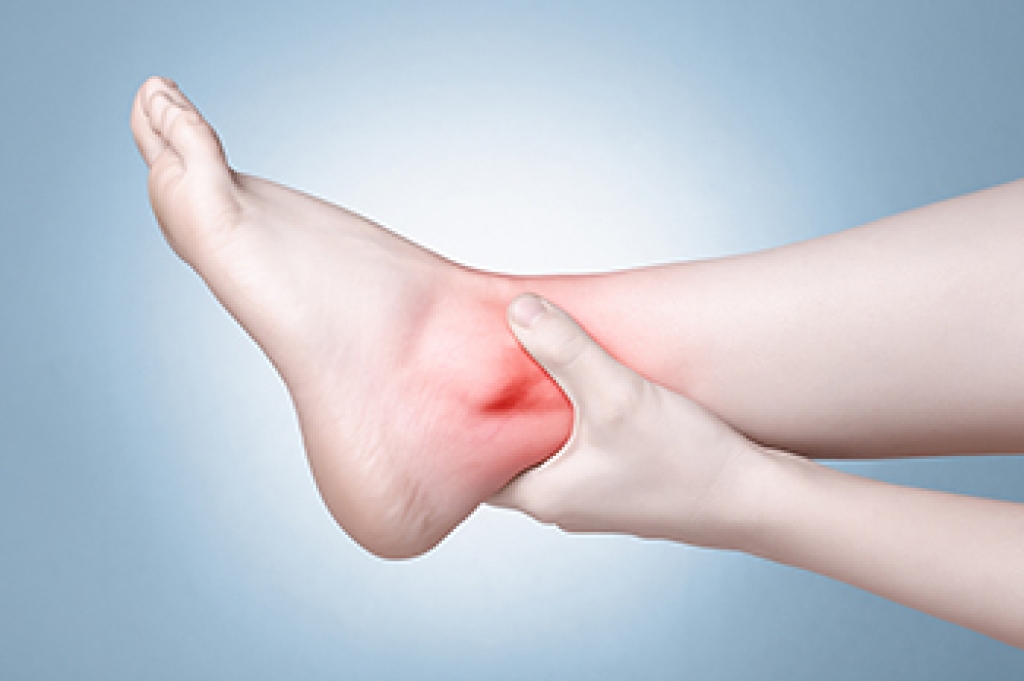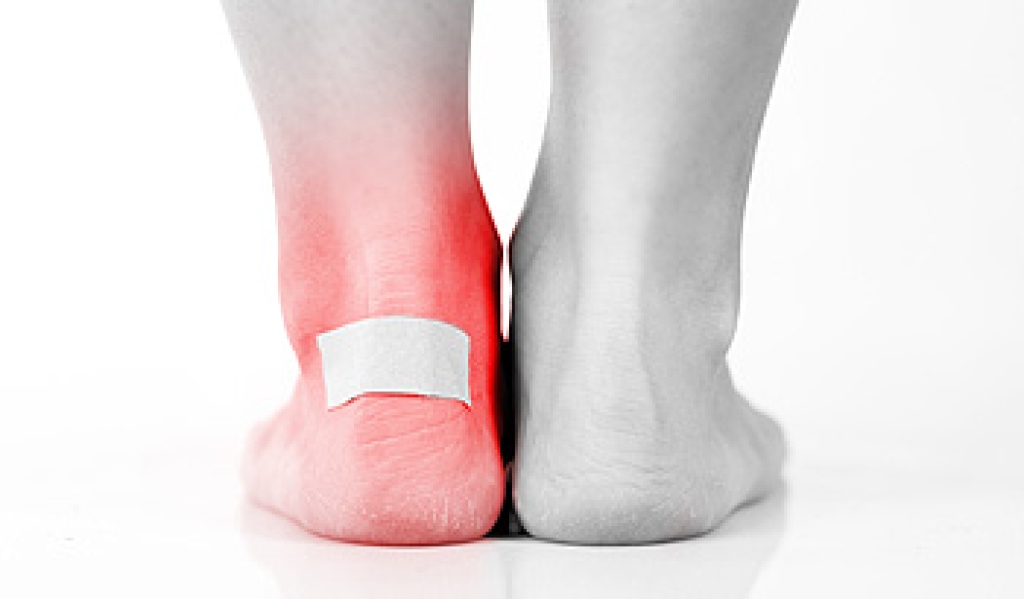
Healthy feet are essential for maintaining mobility, balance, and independence at every age. Daily habits such as washing and drying feet thoroughly, moisturizing to prevent cracking, and trimming toenails straight across can help prevent common problems. Choosing supportive shoes that fit properly is one of the most important steps in avoiding pain, blisters, or deformities. Regular stretching and staying active promote good circulation and flexibility, keeping muscles and joints strong. Ignoring minor foot issues can lead to bigger problems over time, especially for people with diabetes, arthritis, or circulation concerns. Checking feet regularly for changes in color, swelling, or sores can catch issues early. If pain, numbness, or skin changes persist, it is suggested that you see a podiatrist for evaluation and appropriate care.
Everyday foot care is very important to prevent infection and other foot ailments. If you need your feet checked, contact Dr. Castillo from Bronx Foot Care. Our doctor can provide the care you need to keep you pain-free and on your feet.
Everyday Foot Care
Often, people take care of their bodies, face and hair more so than they do for their feet. But the feet are a very important aspect of our bodies, and one that we should pay more attention to. Without our feet, we would not be able to perform most daily tasks.
It is best to check your feet regularly to make sure there are no new bruises or cuts that you may not have noticed before. For dry feet, moisturizer can easily be a remedy and can be applied as often as necessary to the affected areas. Wearing shoes that fit well can also help you maintain good foot health, as well as making it easier to walk and do daily activities without the stress or pain of ill-fitting shoes, high heels, or even flip flops. Wearing clean socks with closed shoes is important to ensure that sweat and bacteria do not accumulate within the shoe. Clean socks help to prevent Athlete’s foot, fungi problems, bad odors, and can absorb sweat.
If you have any questions, please feel free to contact our offices located in Bronx, NY Yonkers, NY . We offer the newest diagnostic and treatment technologies for all your foot care needs.




